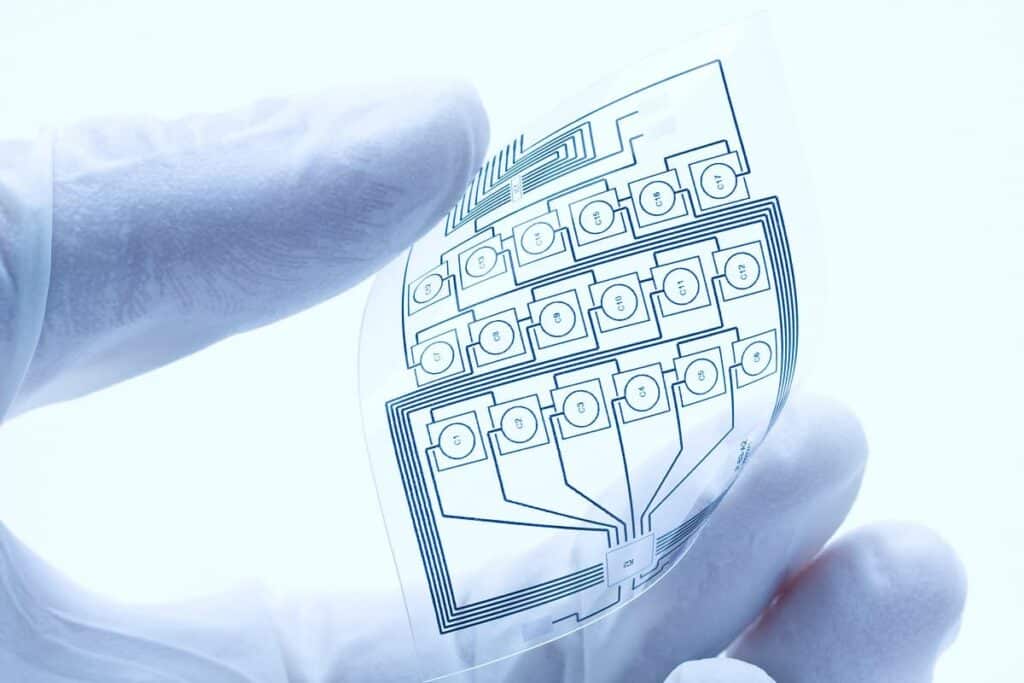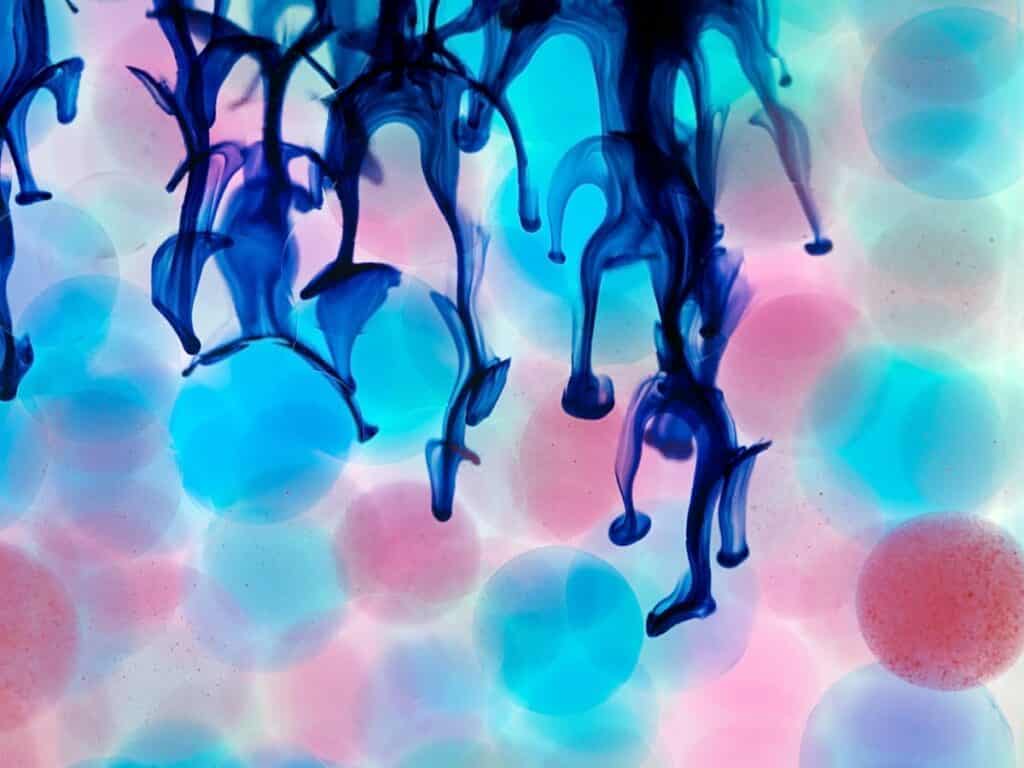Landa Digital Printing Takes on HP with Nanography
Table of contents

Hewlett-Packard (now HP Inc.) used to be a pretty great place to work, with innovative product development teams churning out cool products left and right, just like the company’s founders, Bill Hewlett and David Packard, two great humans who built HP out of a one-car garage. That was until the company handed the reins over to Carly Fiorina, a woman who shattered the glass ceiling at HP – and just about everything else she touched while there. The result was a fractured company that finally split apart into two entities, one of which is HP Inc. which continues to focus on computing and printers. It’s still a surprisingly large company by revenues, as we see from the HP Q2-2018 earnings report:

It’s quite remarkable to see that while printing accounts for only 37% of the $14 billion in revenues HP raked in during Q2-2018, it still managed to contribute 72% of their total operating profits. We can also see that high-margin consumables, which they refer to as “printing supplies”, comprise over 67% of the entire printing division’s revenues. That’s a cash cow that’s keeping them afloat for now, but not if Benny Landa has something to say about it.
All you entrepreneurs who get on Twitter and complain about how those mean old VCs won’t fund your brilliant business ideas should take a look at Benny Landa’s resume. It’s not that he’s chalked up 700 patents to his name (more than any other Israeli, and we all know how innovative those Israelis are), or that he is considered to be the “father of digital printing” because he invented it. It’s that Mr. Landa can execute like mad. He built his first digital printing company, Indigo Printing, which he then sold to Hewlett-Packard for nearly a billion dollars back in 2002. According to an old article that noted the acquisition, Mr. Landa then became “a strategic advisor to Carly Fiorina” shortly after she made the disastrous move to acquire Compaq (an event that when announced, caused HPQ shares to plummet more than 30%.) While he might not have been able to help Ms. Fiorina right the ship, we can probably assume that this guy:
- Knows how to build and scale a company (Indigo Printing had 2,500 employees when sold)
- Knows the inner working of HPQ from his time spent as a “strategic advisor”
- Knows how to innovate in the area of digital printing
That’s why when we saw that Benny Landa has been working on a nanotechnology startup, and said startup just landed a $300 million funding round, we decided to take a closer look.
Landa Digital Printing

The Digital Printing Press
Digital printing refers to the process of taking an image and then recreating it with toner or ink on various substrates like paper, cardboard packaging, or large posters. Commercial digital printing involves digital printing at scale, and for an example of that we’ll turn to HP and look at their digital printing offering, the one they purchased from Mr. Landa. The product line is now called HP Indigo, and here’s their most popular digital printing press – the HP Indigo 12000:

As you can see in the production description, this commercial printing press can be used to produce all kinds of printed materials from posters to folders. If you’re a complete nerd who can’t help but wonder how the thing works, you’re in good company. That’s the first thing we wanted to know as well, so we dug up this helpful diagram:

That bad boy can print 4,600 sheets per hour, but it’s expensive to use. According to Landa, “in the printing market, 98% of the pages are not printed using digital technology, but use technology that is essentially 500 years old.” That’s because there hasn’t been a digital printing press that can compete in the mainstream market – until now.
The Nanography Printing Process
Landa NanoInk
Regular readers will know that nanotechnology is exciting because the smaller things get, the more interesting they become. Take something like printing ink. Landa has developed their “Landa NanoInk” which is actually applied as a thin film to the substrate, as opposed to spraying it on. This results in some obvious benefits such as cleaner images with much less ink being used:

Ignore for a second the irony of a digital printing company having such poor quality images in their white paper, and instead focus on the fact that it’s clear this system costs far less to operate since it uses less ink. What may not be so clear, aside from the images, are the other benefits. The dry polymeric film that is deposited on the substrate contains no water, so you don’t need to cure or dry the substrate after applying the film. This means that you can not only print at much higher speeds (about 100% faster than “other” digital printing presses), but you can also feed the output from the printer right into whatever process is waiting to accept it without having to wait.
Because the NanoInk film ” instantaneously bonds tenaciously to the substrate without penetrating it”, you can print on just about anything including off-the-shelf uncoated paper and any sort of plastic packaging. The film contains particles of ink that are tens of nanometres in size, about 10X smaller than traditional ink particles. This ecofriendly ink comes as a concentrate, so it’s less costly to ship and store. Just add water. Landa also observed that ink pigments, when reduced to nanometric scale, become unusually powerful colorants. Expect many more colors compared to whatever process you happen to use today. Then there are the actual digital printing presses.
Landa Digital Printing Presses
As if NanoInk wasn’t already exciting enough, Landa decided that the printer itself ought to be redesigned such that it’s friendly and easy-to-use. So, they made it look like the deck on the Starship Enterprise:
If that doesn’t get you excited about digital printing, then perhaps nothing will. Apparently, a whole lot of future customers became so excited that they started preordering the printers, sight unseen. That’s according to an article published back in 2012 by Haaretz in which Mr. Landa said that “we signed deals to sell hundreds of printers worth hundreds of millions of dollars” with customers lining up to plunk down the ten thousand euro deposits for the machines which (at the time) were expected to sell for $1-3 million per unit. Fast forward to September of 2017, when Landa hosted over 100 of the world’s leading print and packaging houses at its facilities in Rehovot, Israel to celebrate the commercial roll-out of their printers. Cap that off with a $300 million funding round closed about three weeks ago and it’s safe to say that HP better start worrying about the sustainability of their cash cow.
Conclusion
One thing that makes Landa Digital Printing stand out from more traditional startups is the ownership structure. Mr. Landa still owns more than 50% of his company, with several large corporates holding the rest of the equity. With no venture capitalists involved, there may be less pressure to look for an exit. Considering that digital printing has only managed to capture 2% of the total printing market, there’s tons of market share to grab. Even if HP manages to compete with the superior product offering from Landa, there’s enough money to be made for everyone. If HP can’t compete, maybe they’ll think about acquiring another company from Mr. Landa. It’s just that the price tag is probably going to be a lot higher the next time around.
Sign up to our newsletter to get more of our great research delivered straight to your inbox!
Nanalyze Weekly includes useful insights written by our team of underpaid MBAs, research on new disruptive technology stocks flying under the radar, and summaries of our recent research. Always 100% free.















The merger with Compaq was successful. It was Meg Whitman who made the decision to split the company into two. She also stated that Fiorina was a good CEO and the man who led her firing, Tom Perkins, stated deep regret.